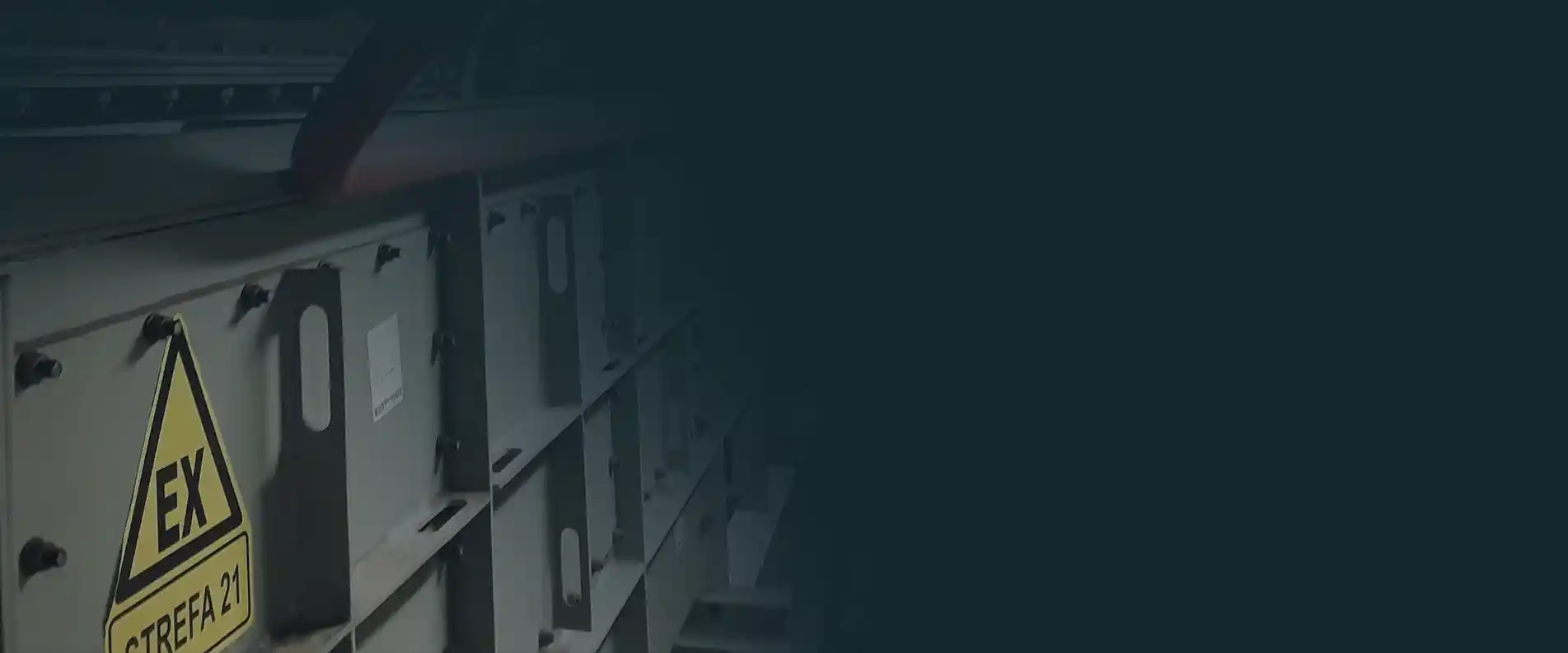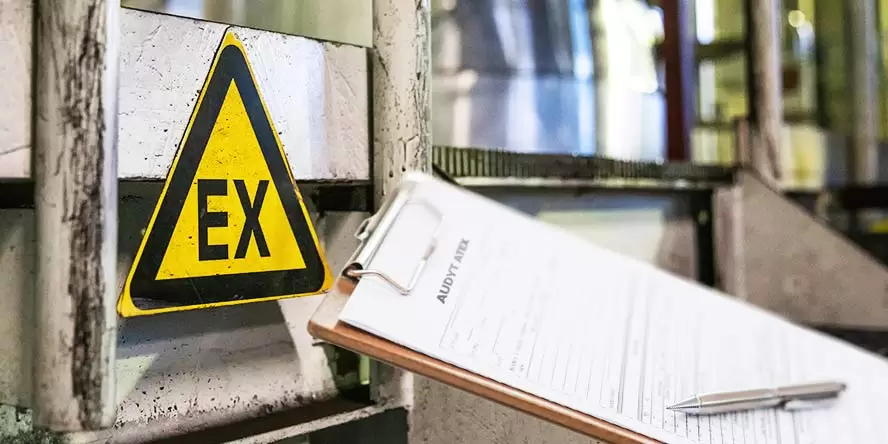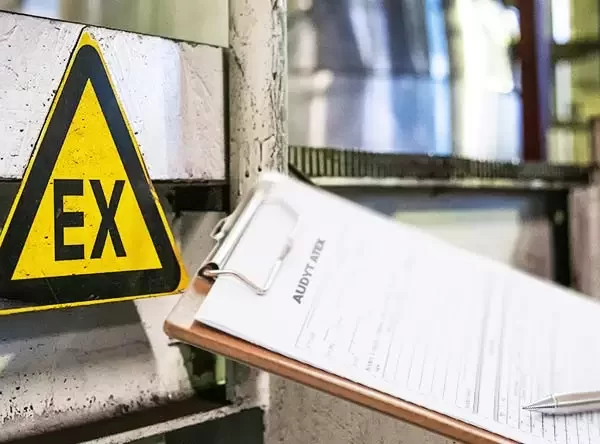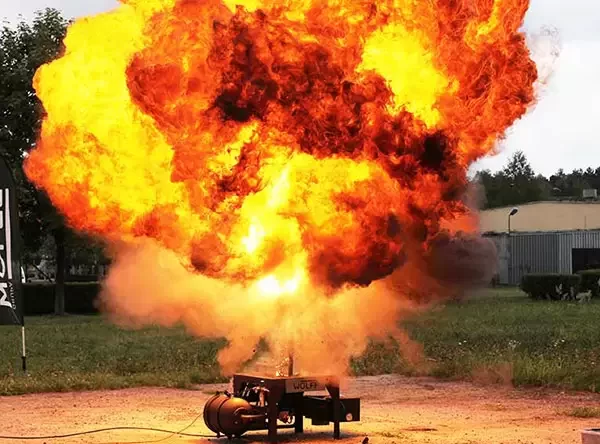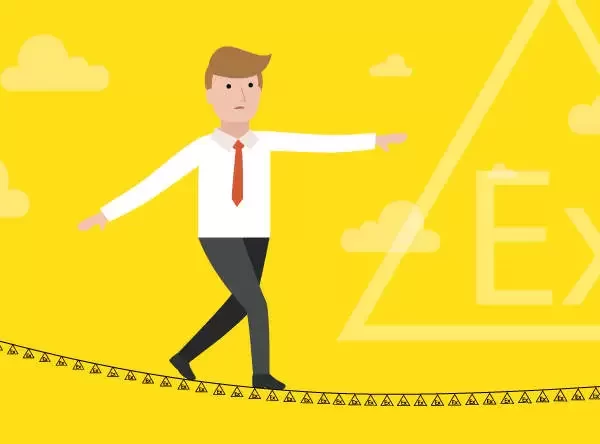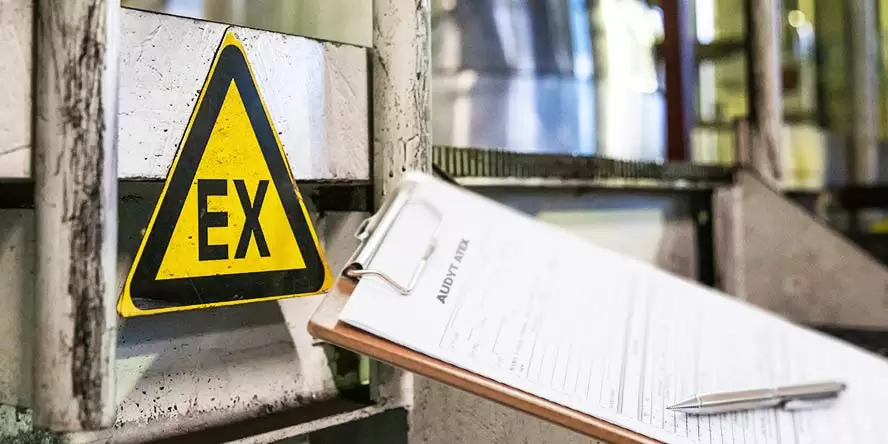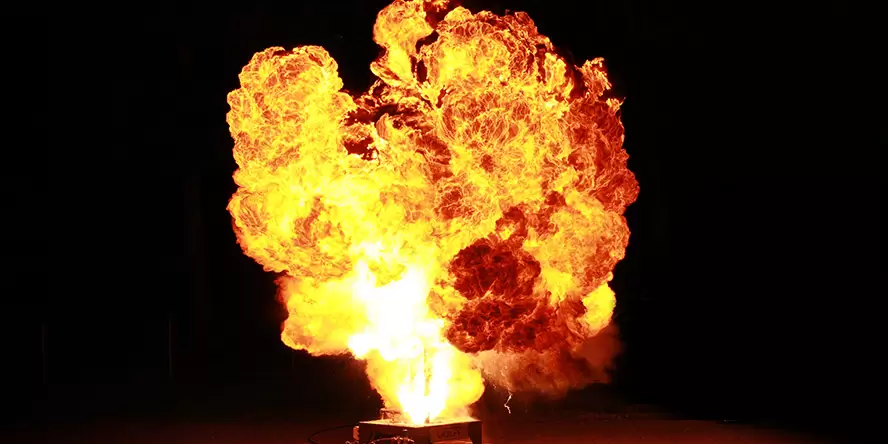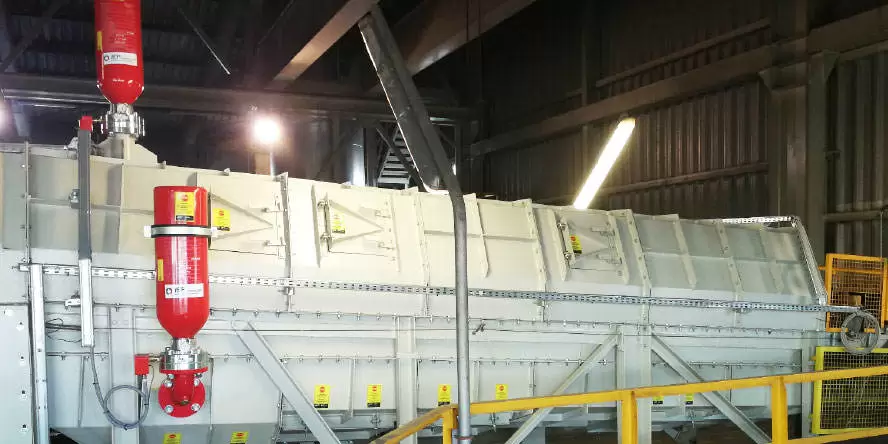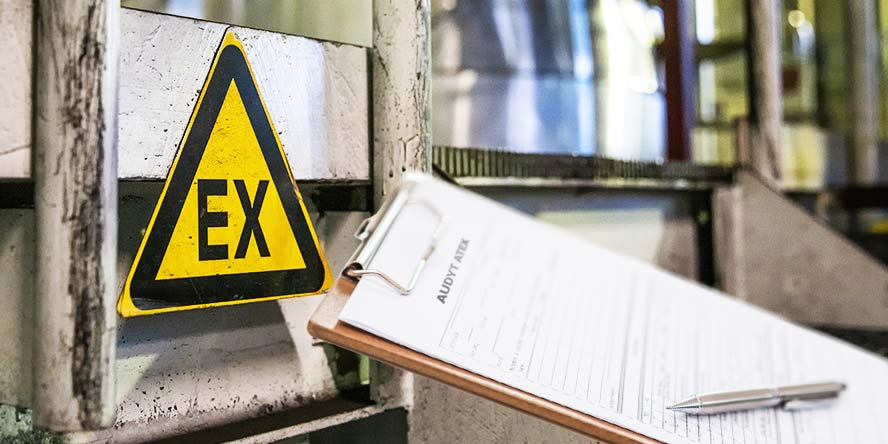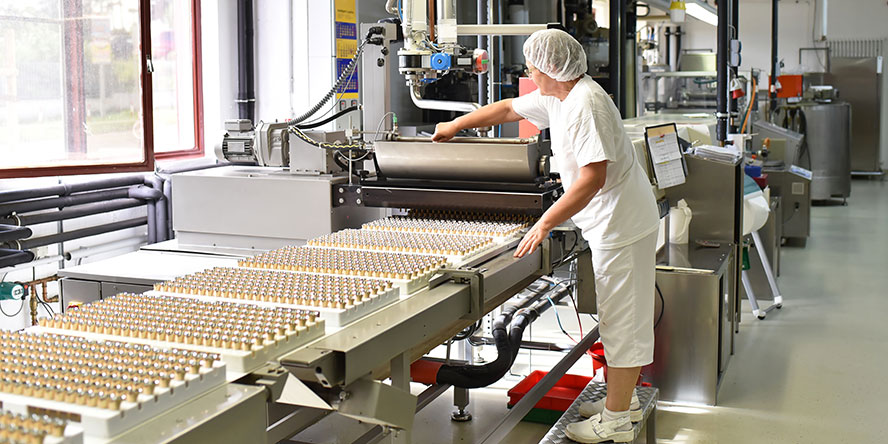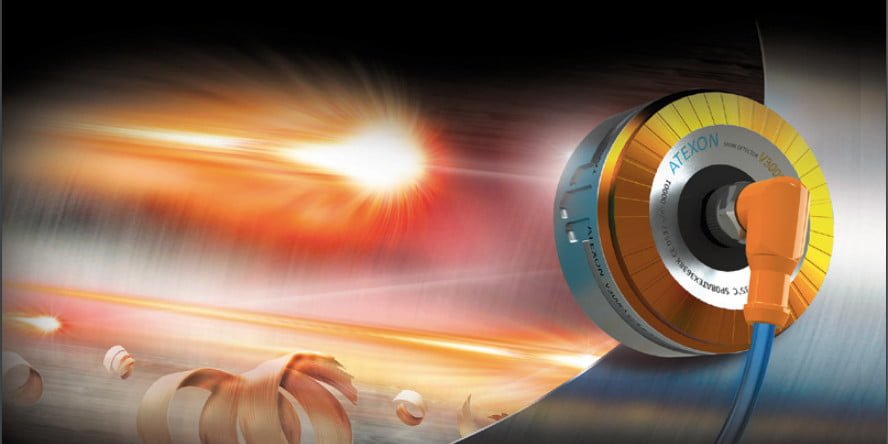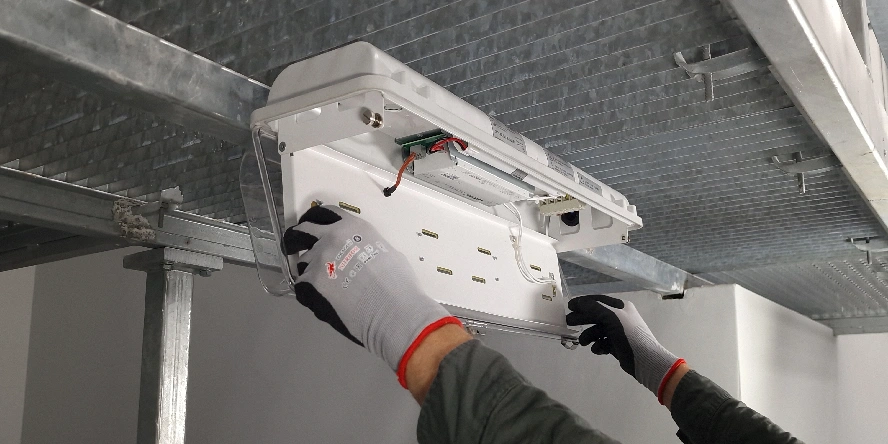ATEX Case Studies / ATEX Training
GRUPA WOLFF carries out complex works in the field of explosive safety in industry. Basically, our activities include: conducting an Explosive Safety Audit, carrying out an Explosion Risk Assessment and preparing Explosion Protection Documents for both existing and newly established process systems.
An integral part of both the Explosion Risk Assessment document and the Explosion Protection Document is determination of the scope and type of explosion risk zones. Moreover, our engineers organise training course on explosive safety and ATEX Directives.
ATEX Audit
The ATEX Audit is the cheapest and quickest method of assessing the critical points in an the plant that should be addressed first. The audit report will therefore allow you to focus on the tasks that will most powerfully and often most quickly reduce the risk of explosion and fire in your facility. Such an approach not only makes it possible to prioritise actions, but also to schedule them over time, which is important, especially in the case of costly modifications.
ATEX Tailored Training
Closed-type training sessions are organized specifically for a given company or organization. The flexibility of such a solution allows for better adaptation of the thematic scope, date, and place of training to the client's requirements. Typically, between 5 and 15 people participate in the training. During ATEX training, you will learn about, among other things: the causes of exemplary explosions that occurred in the industry; employer's obligations regarding explosion safety; principles of classification, determining the range, and marking of explosion hazard zones; changes resulting from the new ATEX directive; principles of operation and selection (limitations) of explosion protection measures; principles of carrying out repairs and servicing of devices in explosion-proof design; videos with practical tips.
Dust explosivity testing
Testing dust explosivity is intended to answer the question of whether a particular dust type is explosive and, if so, how hazardous it is. For example, it may be that the particular dust is explosive, but its minimum ignition energy is so high that the risk of explosion is virtually non-existent. It may also be the case that the dust is not explosive and thus a full range of tests would generate unnecessary cost. For these reasons, it is extremely important to divide the tests into two stages and to select only those parameters that need to be established. This reduces the cost of testing.
Explosion Protection Document
We prepare Explosion Protection Documents (known as EPD) for: Existing facilities and process installations that do not have the respective document Installations and facilities where changes affecting the level of explosion safety have been made (e.g., changes in technology, raw materials, use of new devices, etc.) Importantly, the Explosion Protection Documents prepared by the WOLFF GROUP always include an explosion risk assessment and classification of explosion hazard zones.
Explosion Risk Assessment
Our team of Engineers conducts professional risk assessments of installations at the design stage and for existing process installations, the final stage of which is the preparation of an Explosion Risk Assessment document. It identifies hazards present in the workplace related to the occurrence of flammable and explosive dusts, powders, liquids, vapors, and gases. Additionally, it specifies the steps that need to be taken to eliminate and/or reduce these threats.
Explosion Risk Zones
Engineers of GRUPA WOLFF perform works consisting in determining proper explosion risk zones with their scope for both existing and newly constructed plants and facilities. In the case of newly constructed facilities / plants, the engineers asses the plant safety in the design phase, which allows to determine at the right moment technical specifications for electric or non-electric equipment that may be installed in explosion risk zones. This solution allows to select properly the equipment category prior to the purchase process.
